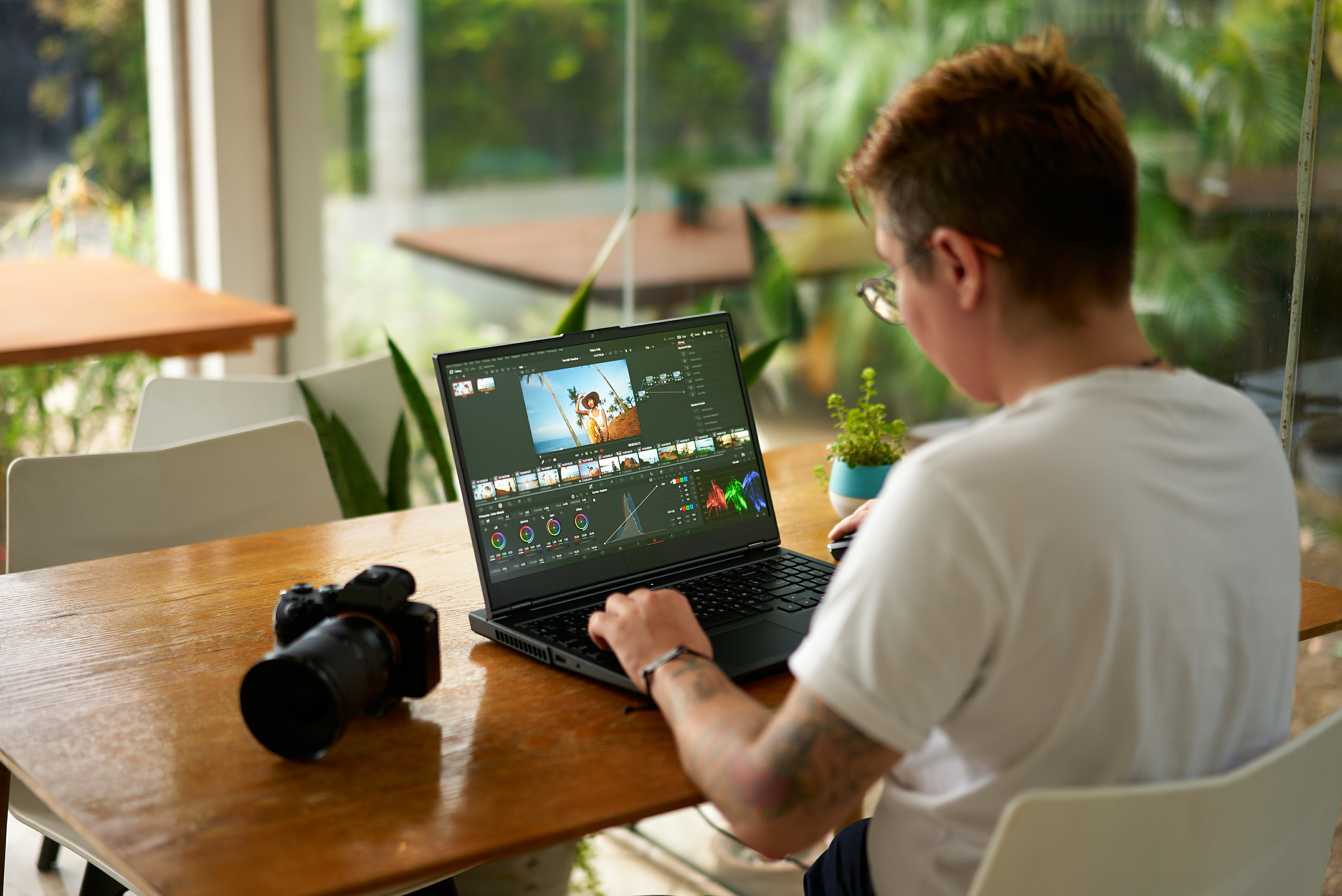Revolutionary Touchable Volumetric Display Developed by Researchers

Volumetric displays, while truly remarkable in their ability to present three-dimensional visuals, have often faced criticism for their complicated interaction methods. Traditional interfaces, such as 3D mice, can be somewhat unintuitive, particularly for individuals who may not have extensive experience in computer-aided design (CAD). However, a team of innovative researchers from the Public University of Navarra has made significant strides in this field by introducing a touchable volumetric display that enables users to engage with three-dimensional content using familiar touchscreen-like interactions.
The foundation of this groundbreaking technology is a swept-volume volumetric display. This system employs a light-diffusing screen that oscillates along a specific axis. Meanwhile, a projector positioned beneath the display presents cross-sectional images that synchronize perfectly with the screen's position. In a creative twist, the researchers opted to replace the conventional display screen with six strips made of elastic material. This innovative design allows for user interaction, as a persons finger can deform one or more of the strips, enabling touch detection without causing any damage to the display.
Whats particularly interesting about the hardware used in this project is its hacker-friendly nature. The team chose elastic bands, commonly intended for clothing, as the primary material for the display. For the oscillation of the screen, they utilized two modified subwoofers. This innovative approach even references an article from Hackaday, showcasing how a project aimed at hackers can inspire professional research. Although the citation contains a minor misattribution regarding the design, it highlights the interplay between amateur innovation and academic advancement.
Perhaps the most intriguing component of this display is its high-speed projector, capable of operating at an impressive rate of around 3,000 frames per second (fps). In previous discussions, the researchers indicated that they managed to hack a digital light processing (DLP) projector to meet their needs, a technique mirroring strategies used in other similar projects.
While it is worth noting that interactions with this display may introduce some optical distortions, the overall experience remains captivating. To see this technology in action, we invite you to watch the accompanying video which demonstrates the displays capabilities. Additionally, for those intrigued by volumetric displays, another noteworthy project utilizes a levitating styrofoam bead to showcase images in a novel way.
We extend our gratitude to Xavi for bringing this exciting development to our attention!
























